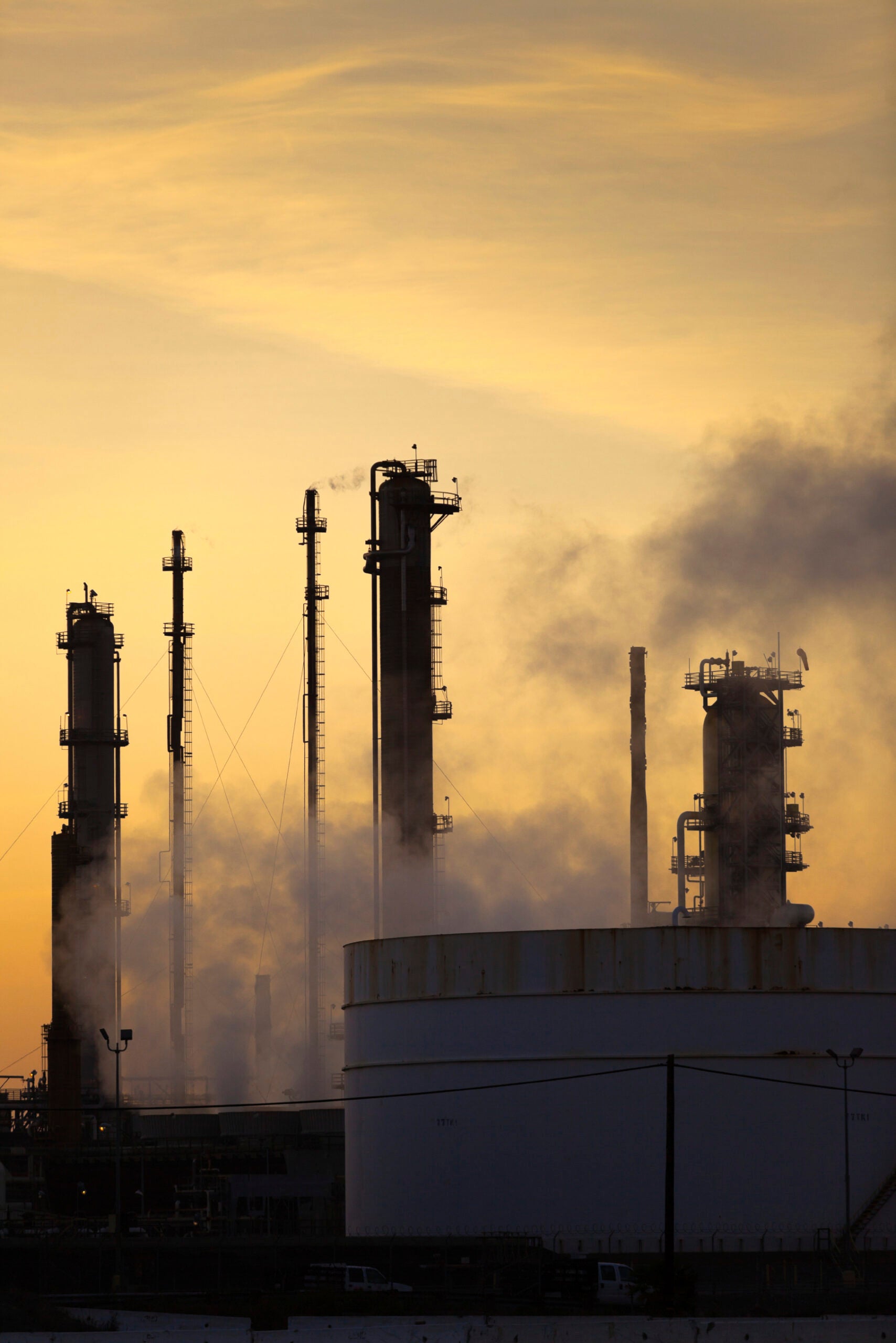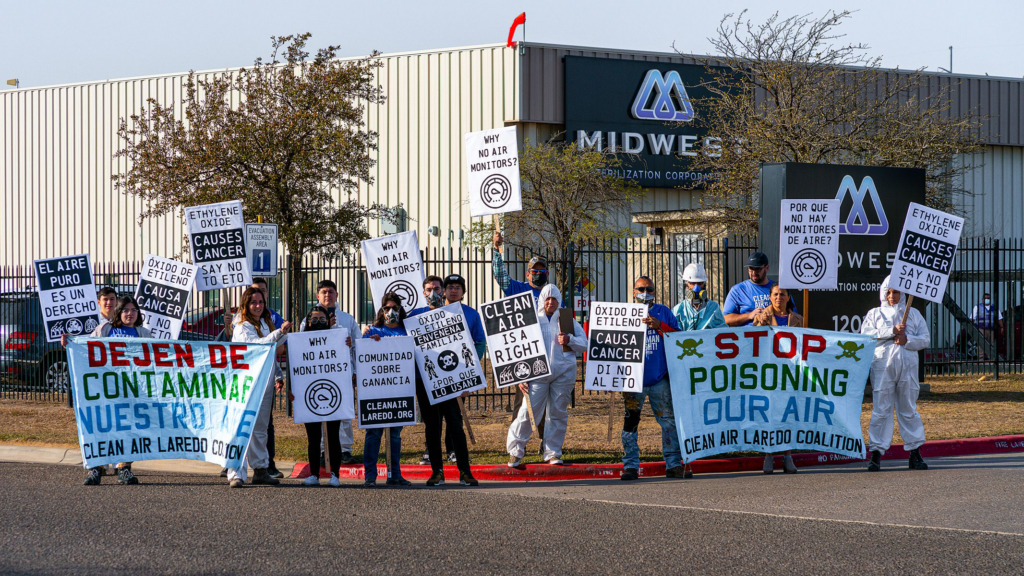Challenging Weak Emission Standards for Chemical Plants Linked to Cancer
Potent carcinogens, like ethylene oxide, 1,3-butadiene, benzene, formaldehyde, and other toxic fumes that people breathe, are dumped into neighboring communities. The MON rule leaves people in surrounding areas exposed to cancer risks of 200-in-1 million, twice the level EPA admits is unacceptable under the Clean Air Act.
Clients
Air Alliance HoustonBlue Ridge Environmental Defense LeagueEnvironmental Integrity ProjectEnvironmental Justice Health Alliance for Chemical Policy ReformLouisiana Bucket BrigadeLouisiana Environmental Action NetworkOhio Valley Environmental CoalitionRISE St. JamesSierra ClubTexas Environmental Justice Advocacy ServicesUnion of Concerned Scientists
Regional Office / Program
Case Overview
Eleven community, scientist, environmental, and environmental justice groups, represented by Earthjustice, sued the Environmental Protection Agency over a weak national emission rule for hundreds of chemical facilities whose pollution is linked to cancer.
The Miscellaneous Organic Chemical Manufacturing (MON) rule regulates toxic emissions for about 200 chemical plants across the country. These plants emit over 7,400 tons a year of dangerous air pollutants, including at least 2,000 pounds of ethylene oxide, an aggressive carcinogen. EPA updated the rule in 2020 after the national air toxics assessment showed this pollution is contributing to cancer risk hot spots in the United States.
Industrial plants covered by the MON rule handle chemicals used in the production of solvents, plastics, and pesticides. MON facilities are located around the U.S., but especially concentrated in Texas and Louisiana, and disproportionately affect Black, Latino, and low-income communities. Other states with MON facilities include West Virginia, Illinois, and South Carolina.
EPA’s MON rule allows periodic, uncontrolled releases of chemical pollution, while communities need around-the-clock protection from toxic air. This rule allows facilities to spew fugitive emissions into communities without monitoring, and permits facilities to do so repeatedly, even if pollution levels are too high.
EPA has known of the pollution and extreme health harms associated with MON plants for years; still, it chose inaction. According to federal law, EPA was supposed to review and update the national MON standards by 2014, but years later, the agency had still failed to meet the deadline. Communities affected by these emissions, represented by Earthjustice, forced EPA to finish the rule through litigation and in 2017 a court ordered EPA to review and update this rule.

Case Updates
Case page created on May 12, 2021.
